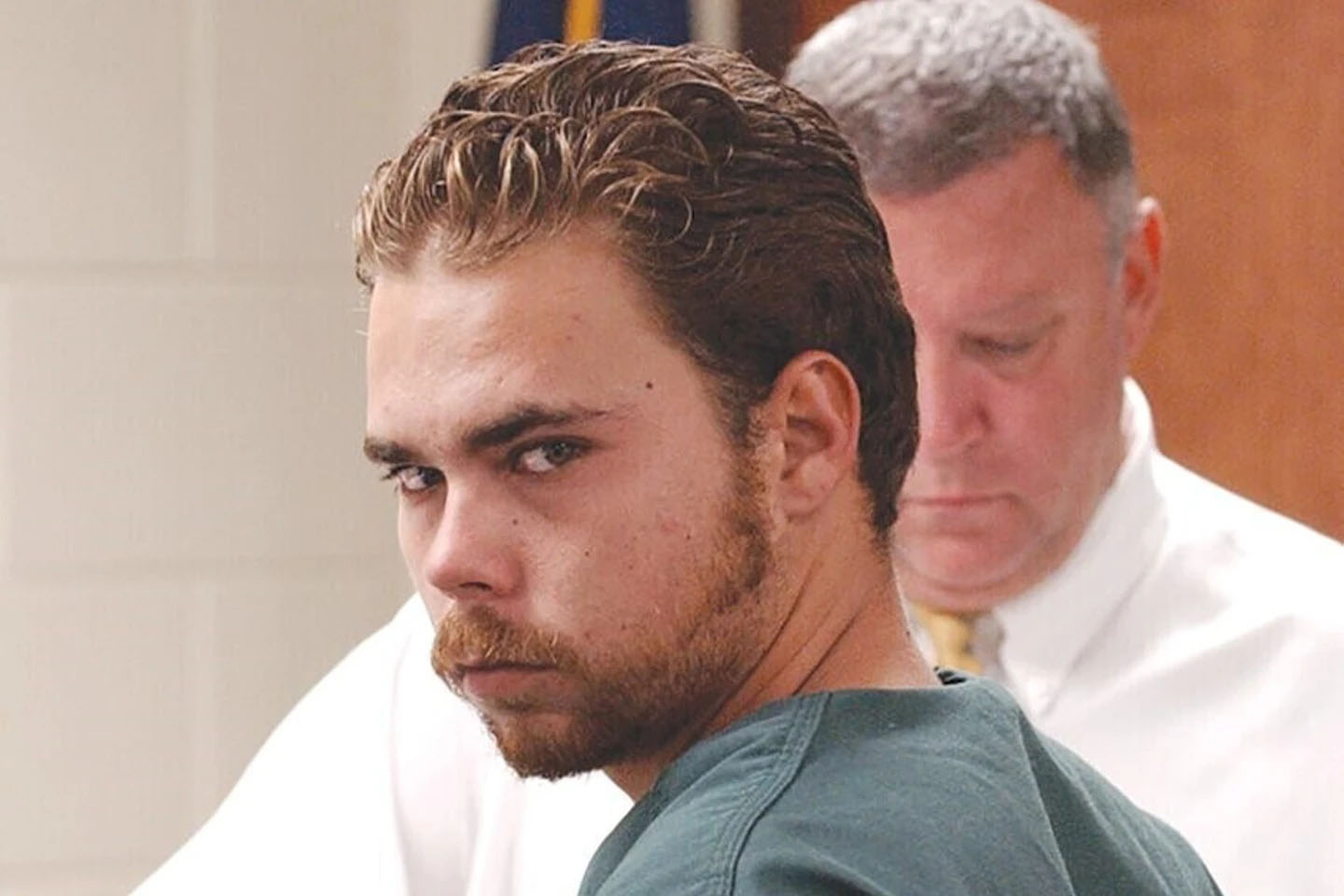South Carolina man is scheduled to be executed by firing squad

COLUMBIA, SOUTH CAROLINA—A man in South Carolina is scheduled to be executed Friday by a firing squad, the third person to die by that method in the state this year.
Three prison employees, all with live ammunition, have volunteered to carry out the execution of Stephen Bryant, 44, who killed three people in five days in a rural area of the state in 2004.
Bryant has no appeals pending before the 6 p.m. scheduled execution at the death row facility at Broad River Correctional Institution in Columbia.
He can ask the governor for clemency and that decision won’t be announced until minutes before the execution is set to start. But no South Carolina governor has offered clemency since the death penalty resumed in the United States in 1976.
The firing squad has a long and violent history around the world. Death by a hail of bullets has been used to punish mutinies and desertion in armies, as frontier justice in America’s Old West and as a tool of terror and political repression in the former Soviet Union and Nazi Germany.
‘Quickest’
But in recent years, it’s been revived in the United States. Some lawmakers say it’s the quickest and most humane way to execute a person.
That’s since a number of botched executions by other methods, including lethal injection drugs. South Carolina and other states have struggled to maintain adequate supplies of lethal injection drugs.
In part because of this, South Carolina paused executions for 13 years. The state then restarted in September 2024, after which four men have been executed by lethal injection and two by firing squad. The state is among several where the electric chair is still legal.
The three other recent firing squad executions in the United States have been in Utah with none in that state since 2010. The method is also still legal in Idaho and a backup method if others aren’t available in Oklahoma and Mississippi.
Bryant admitted to killing Willard “TJ” Tietjen in October 2004 after stopping by his secluded home in rural Sumter County and saying he had car trouble.
Tietjen was shot several times. Bryant then answered Tietjen’s phone after it rang several times telling both his wife and daughter that he was the prowler and had killed them, prosecutors said.
Bryant also killed two men—one before and one after Tietjen. He gave the men rides and when they got out to urinate on the side of the road, he shot them in the back, authorities said.
‘Troubled’
During the search, officers stopped nearly everyone driving on dirt roads in the area just east of Columbia, and told people to be leery of anyone they did not know asking for help.
Bryant’s lawyers said he was troubled in the months before the killing, begging a probation agent and his aunt to get him help because he couldn’t stop thinking about being sexually abused as a child by a group of relatives. They said he tried to cope by using meth and smoking joints he sprayed with bug killer.
Bryant will be the 43rd man killed by court-ordered execution so far this year in the United Stats. At least 14 others are scheduled to be put to death during the remainder of 2025 and next year.
Bryant will also be the 50th person executed in South Carolina since the state restarted the death penalty 40 years ago.
At 6 p.m. Friday, the curtain will open in the death chamber at a Columbia prison with fewer than a dozen witnesses sitting behind bulletproof glass.
Bryant will be strapped into a chair. A white square with a red bull’s-eye target will be placed over his heart by a doctor. Bryant’s lawyer can read his final statement if he has one. A prison employee will then place a hood over Bryant’s head, walk across the small room and pull open a black shade where the firing squad waits.
Without an audible or visual warning to witnesses, the shooters will fire high-powered rifles from 4.6 meters (15 feet) away.
A doctor will then come out within a minute or two, examine him and declare him dead.
Lawyers for the last man executed by a firing squad said the shooters nearly missed the heart of Mikal Mahdi. They suggested by barely hitting the bottom of the heart that Mahdi was in agonizing pain for three or four times longer than experts say he would have been if his heart had been hit directly.

















